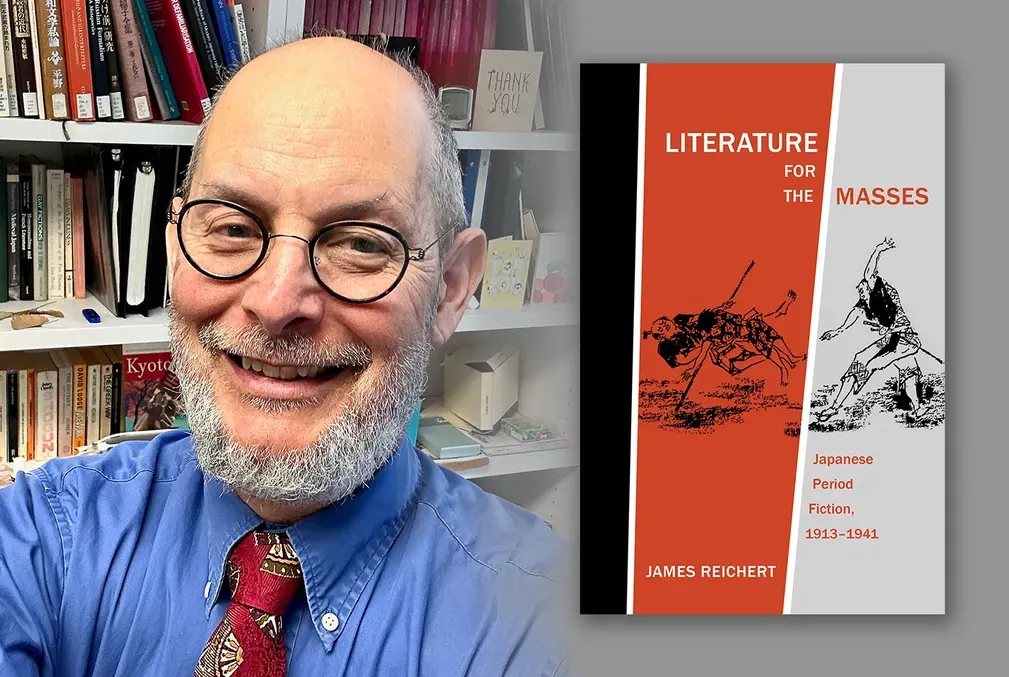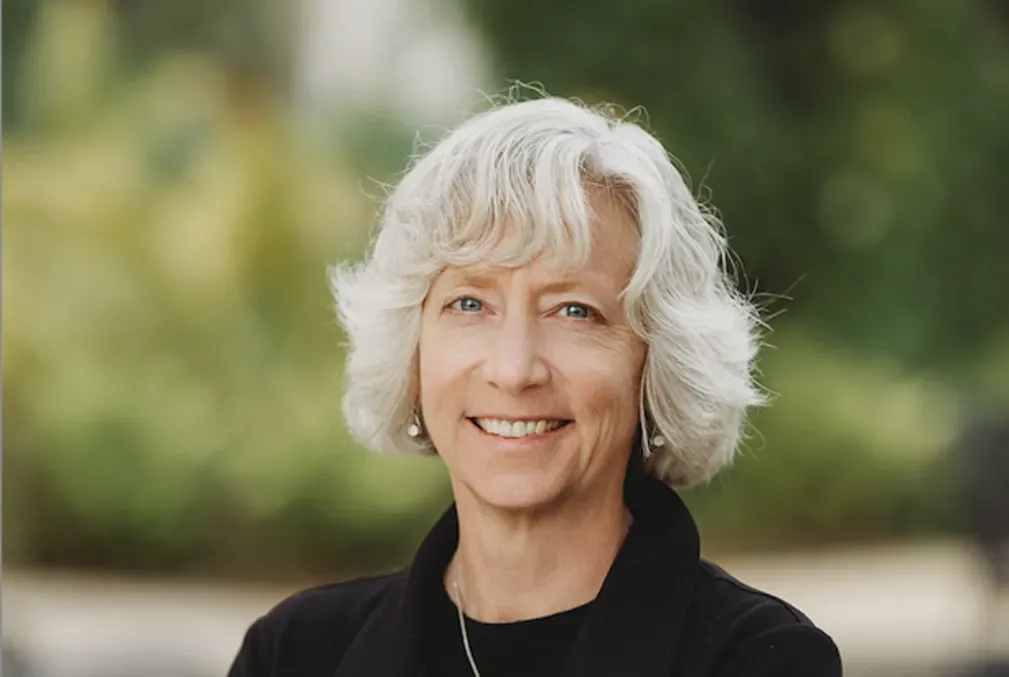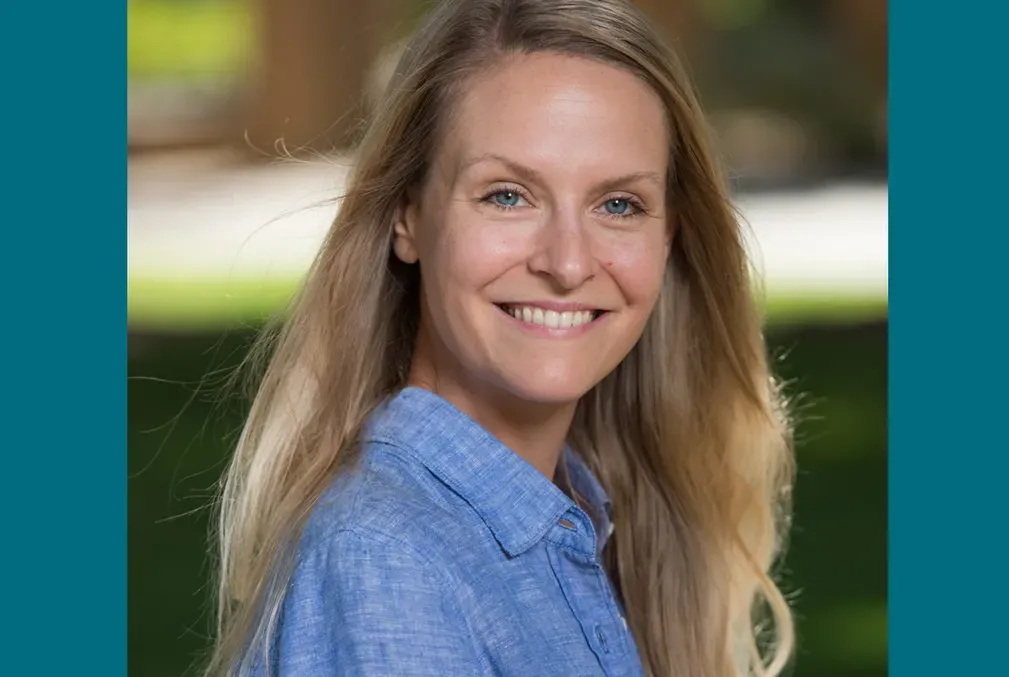
Stanford Science Fellows 2025 cohort is largest ever
Stanford’s School of Humanities and Sciences has awarded 11 scholars from top research programs the distinguished Stanford Science Fellowship for 2025.
Eleven postdoctoral scholars have been selected as 2025 Stanford Science Fellows, marking the largest cohort since the highly competitive program was first launched in 2020.
The SSF program aims to support scholars while advancing foundational science and fostering effective interdisciplinary approaches to fundamental questions through research.
“This program attracts some of the most promising early-career researchers in the world,” said Peter Michelson the faculty director of the SSF program. “At Stanford, they have the chance to grow and push their thinking by collaborating with experts from different fields and backgrounds. This experience yields long-term benefits not just for the individuals, but also for Stanford and, ultimately, for society as a whole.”
The achievements of previous fellows speak for themselves, said Michelson, who is also the Luke Blossom Professor and professor of physics in the School of Humanities and Sciences. For example, with support from the SSF program, fellow Zhurun “Judy” Ji’s work describing the first visualization of an exotic condition of matter called the fractional quantum Hall state was published in Nature in November, with Ji as first author. This observation of a material exhibiting fractionalized electric charges on its edges opens up new insights into foundational physics and potential applications. Ji will join the faculty at the Massachusetts Institute of Technology as an assistant professor in fall 2025.
“I feel fortunate to be surrounded by amazing people from different fields who believe in the superpower of community and have provided tremendous support for this project,” Ji said of her experience as a fellow.
The 2025 Stanford Science Fellows:
Lili Chen investigates and designs functional materials with unusual properties. At Stanford, she will work with Zhenan Bao, the K.K. Lee Professor and professor of chemical engineering in the School of Engineering, to use creative materials design to solve practical problems of stretchable electronics, a process that involves bridging disciplines in physical, chemical, and material science.
Jesse Han researches the dynamics of stars in the outer regions of the Milky Way to probe the distribution of dark matter. At Stanford, he will further explore the nature of galactic dark matter using data from the Dark Energy Spectroscopic Instrument, the Magellan telescopes, and the upcoming Roman Space Telescope. He will work with Susan Clark, assistant professor of physics in H&S, and Risa Wechsler, the Humanities and Sciences Professor and professor of physics in H&S and professor of particle physics and astrophysics at SLAC National Accelerator Laboratory.
Michelle Hill investigates the conditions that could make planets beyond this solar system habitable. At Stanford, she will work with Laura Schaefer, assistant professor of Earth and planetary sciences in the Doerr School of Sustainability, to further investigate the lower planet size boundary of habitability.
Brice Huang studies spin glasses, which are disordered systems arising in probability and physics that model optimization, sampling, and inference problems from statistics and machine learning. At Stanford, he will continue this research with the goal of understanding the fundamental computational and information–theoretic limits of statistical problems. He will collaborate with faculty host Andrea Montanari, the John D. and Sigrid Banks Professor and professor of statistics and of mathematics in H&S.
Warren Li conducts research to increase understanding of the structure of singularities in general relativity, such as those inside black holes or at the Big Bang. At Stanford, he will continue these investigations, working with Jonathan Luk, professor of mathematics in H&S, while also exploring singularities in other systems from mathematical physics.
Truong Ly is interested in research questions at the intersection of physiology and neuroscience. At Stanford, he will identify mechanisms for physiological adaptations in organisms living in extreme environments, working with Jonathan Long, associate professor of pathology in the School of Medicine.
Thomas Massoni conducts research in symplectic topology and its connections to low-dimensional topology and dynamical systems. At Stanford, he will pursue research on the interplay among Anosov flows, taut foliations, and symplectic geometry, using tools from Floer theory to investigate fundamental questions about these structures. He will work with Yakov Eliashberg, the Herald L. and Caroline L. Ritch Professor in Humanities and Sciences and professor of mathematics in H&S, and Mohammed Abouzaid, professor of mathematics in H&S.
Heonjoon Park researches the interplay between topology and strong correlations in two-dimensional quantum materials. At Stanford, Park will work with Zhi-Xun Shen, the Paul Pigott Professor in Physical Sciences, and Ben Feldman, assistant professor of physics, both in H&S. He plans to leverage advanced microscopic techniques to probe novel topological orders, with the goal of uncovering states that could significantly lower error rates in quantum computing.
Andrew Pyo works with a combination of physics and mathematical modeling to uncover fundamental principles governing biological systems. Collaborating with Benjamin Good, assistant professor of applied physics in H&S, he will investigate the mechanisms that drive diversity, robustness, and efficiency in the immune system.
Noah Toyonaga is a physicist and artist. Working with Manu Prakash, associate professor of bioengineering in the School of Engineering, they will study the geometry and mechanics of soft membranes decorated by seams, a geometric motif that underlies the patterns drafted by a tailor and the microscale mechanisms evolved by single-celled organisms.
Peidong Wang is interested in the intersection of atmospheric chemistry and climate internal variability. At Stanford, he will work with Noah Diffenbaugh, the Kara J. Foundation Professor in the Doerr School of Sustainability, to investigate the detection and attribution of climate extreme events and explore the role of chemistry–climate interactions in modulating climate variability.
Diffenbaugh is also a professor of Earth System Science in the Doerr School of Sustainability, the Kimmelman Family Senior Fellow at the Woods Institute for the Environment, and the Olivier and Nomellini Family University Fellow in Undergraduate Education.
Prakash is also a senior fellow at the Woods Institute for the Environment.
Shen is also a professor of physics and applied physics in H&S and a senior fellow at the Stanford Precourt Institute for Energy.
Wechsler is also the director of the Kavli Institute for Particle Astrophysics and Cosmology.




